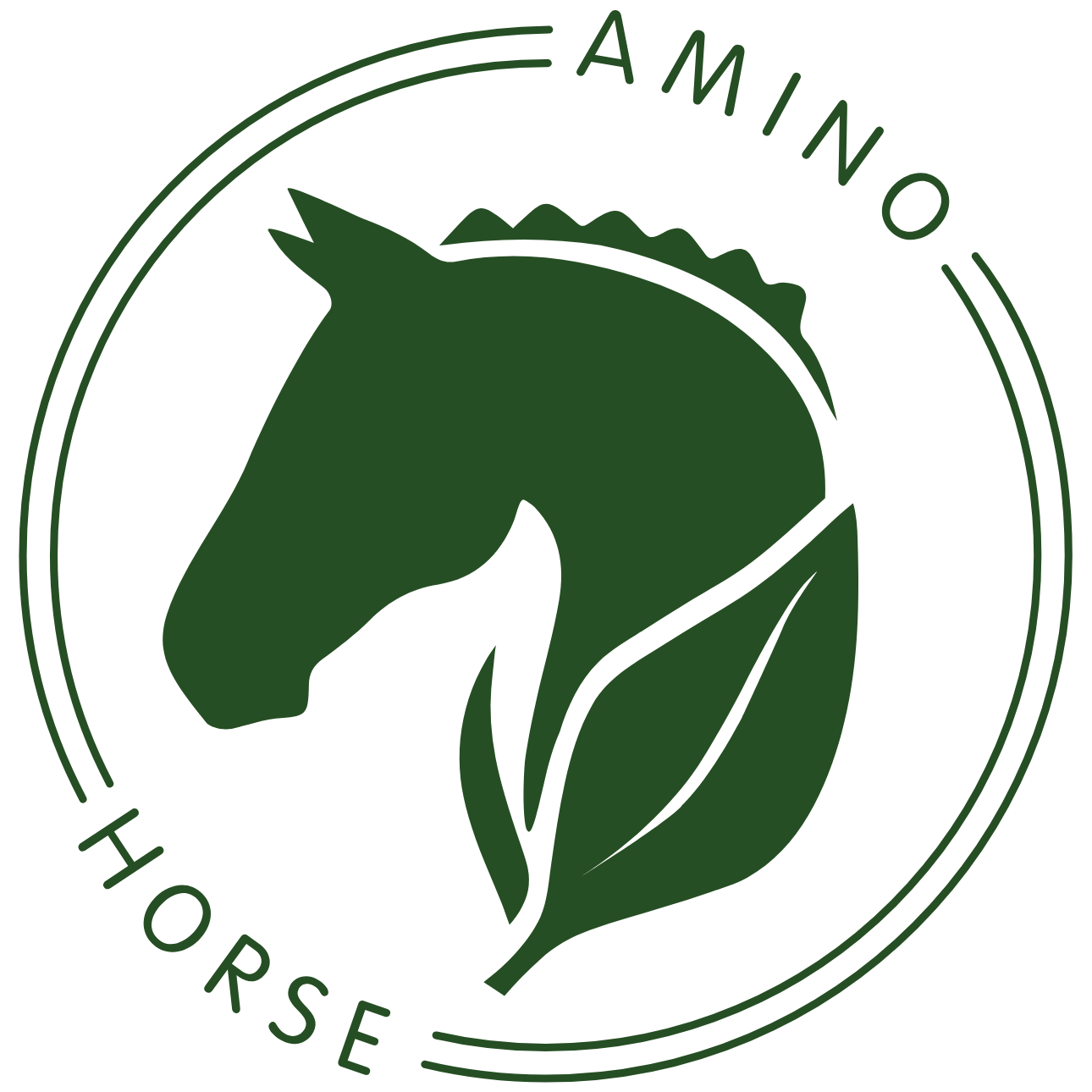Nature glowing in many colors, unpredictable weather and dropping temperatures – autumn brings change. While for us humans it mainly means wet feet and chilly days, for our horses this time of year can be particularly demanding.
With the right preparation, we can make sure our four-legged partners stay healthy and are well equipped for the colder months ahead.
Grass, Hay, and the Autumn Season
For horses with year-round pasture access, autumn brings a noticeable change: the grass grows more slowly and no longer provides the same level of nutrients it did in summer. While fresh pasture grass during the peak growing season is a great source of amino acids and other nutrients, these levels drop significantly in the fall.
At the same time, the fructan content in grass rises due to typical autumn weather patterns – cold nights followed by sunny days (especially on overgrazed pastures). This increase in fructans poses a serious risk for laminitis. To reduce this risk, grazing often has to be limited and the roughage ration needs to be supplemented with hay.
If your horse no longer has access to pasture during the colder months, hay becomes the primary forage source. However, hay contains significantly fewer nutrients and amino acids than fresh grass, especially when it’s been harvested late, soaked, or steamed.
Any change in forage can place stress on the horse’s system. Just as we slowly introduce grass in spring, we also need to allow for an adjustment period in autumn when transitioning to a diet that includes more or exclusively hay. The gut flora needs time to adapt to the increased fiber content in hay compared to grass. The slower and more gently we carry out this transition, the better for our horse’s digestive health.

Autumn Is Coat Change Season
It’s not just the change in forage that challenges our horses. As the days get shorter and temperatures drop, these cues signal the start of the coat change.
What we see – the shedding of the summer coat – is only the final step of a process that actually begins weeks earlier. It starts with the growth of longer top hair and a dense, woolly undercoat. Nutrient deficiencies can already have a negative impact at this stage. After an initial growth phase, there's a pause, and then the new coat continues to grow, gradually pushing out the summer coat.
This entire process is physically demanding and stressful for the horse’s body. Older horses, performance or breeding horses, and those with metabolic disorders are especially sensitive during this time.
Horses need plenty of energy, amino acids, and nutrients during the coat change. Every hair is made of protein fibers, making essential amino acids – especially methionine – critical to supporting skin metabolism and hair growth. Methionine is a sulfur-containing amino acid essential for the synthesis of keratin, a building block of hair and hooves.
A deficiency can show up as a dull coat, fatigue, and reduced performance. Targeted nutrition during this time supports the horse’s system and promotes overall well-being.
Strengthening the Immune System in Autumn
Autumn weather – with its sudden temperature shifts and damp conditions – already challenges the immune system on its own. Add the demands of the coat change and dietary transitions, and you’ve got a real test for your horse’s defenses.
Although the immune system isn’t made entirely of amino acids, they play a crucial role in supporting it.
Amino acids are essential for the production of proteins involved in immune function, such as antibodies and enzymes. Amino acids like lysine, methionine, and threonine support the development of immune cells and overall immune health.
Adequate intake of these amino acids, in combination with vitamins and minerals, helps strengthen the immune system and protect our horses from infections and disease.
Healthy Through Autumn
Autumn is a challenging season for our horses’ systems. With a mindful approach to nutrition – including targeted supplementation with amino acids and vital nutrients – we can help ensure our horses stay healthy, strong, and well-prepared for the colder months ahead.
If you have any questions, feel free to contact us at info@aminohorse.de


